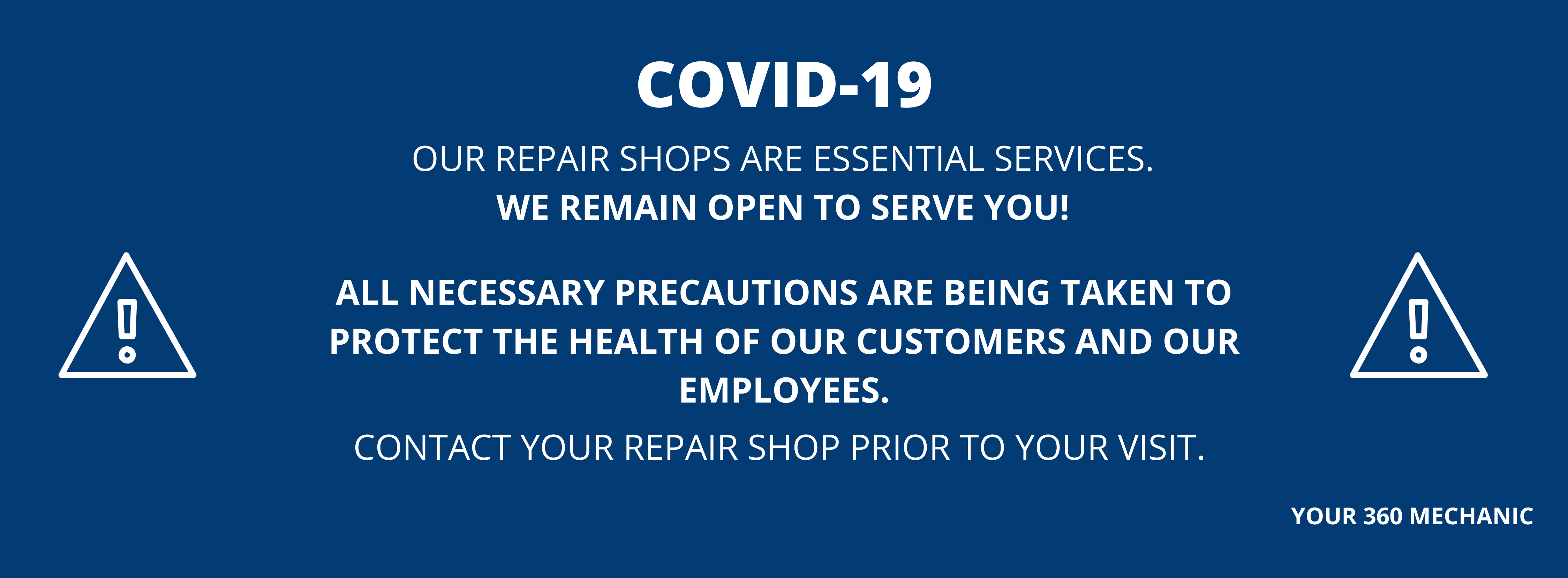What are the challenges of winter driving?
If you must travel for work or visit family during winter, you must be cautious and ready for unforeseen circumstances. Keep reading to learn about winter driving risks and the best ways to stay safe.
Slippery roads
Whether covered in wet snow, powder or black ice, roads can become incredibly slippery during winter. Even if substances such as de-icing salts have been applied, you shouldn’t assume the surface is 100 percent slip-resistant.
When driving in winter, taking precautions is important to avoid skids and collisions. First, ensure your winter tires have good tread and are inflated to the manufacturer’s recommended pressure. Second, reduce your speed according to the weather conditions and maintain a safe following distance from other vehicles. This gives you enough time to react in an emergency.
Reduced visibility
Snowstorms, high winds and fog can make winter driving considerably more difficult. The same applies when following a vehicle spraying slush directly on your windshield.
Here are some tips to stay visible and ensure good vision day and night:
- Clean your headlights and have them polished if necessary
- Remove all snow and ice from your vehicle before hitting the road
- Top up your windshield washer fluid and keep a spare jug in the trunk
Snow-clearing vehicles
Avoid driving in the blind spots of snowblowers, graders or other snow-clearing vehicles. Moreover, never attempt to overtake these vehicles on the right. Passing on the left is fine, but only if you’re sure it’s safe. Remember that these workers are there to ensure your safety, so be patient and drive carefully.
Finally, ensure you have the necessary equipment to get out of deep snow, such as a shovel, skid plates and non-slip material. This winter, maximize your road safety by making an appointment with M 360 Mechanic for an inspection.
